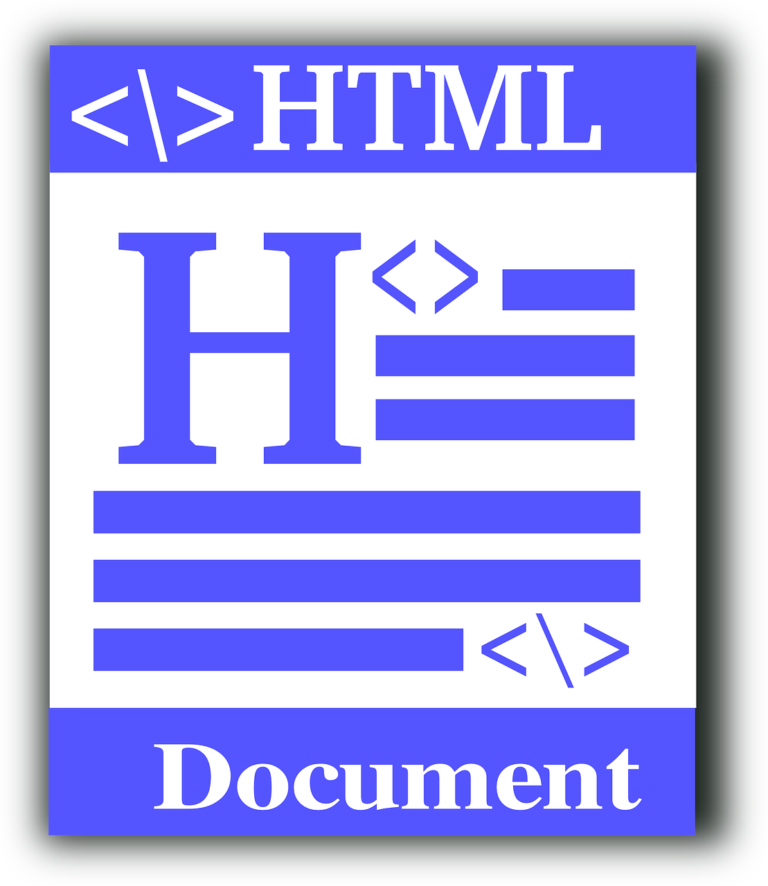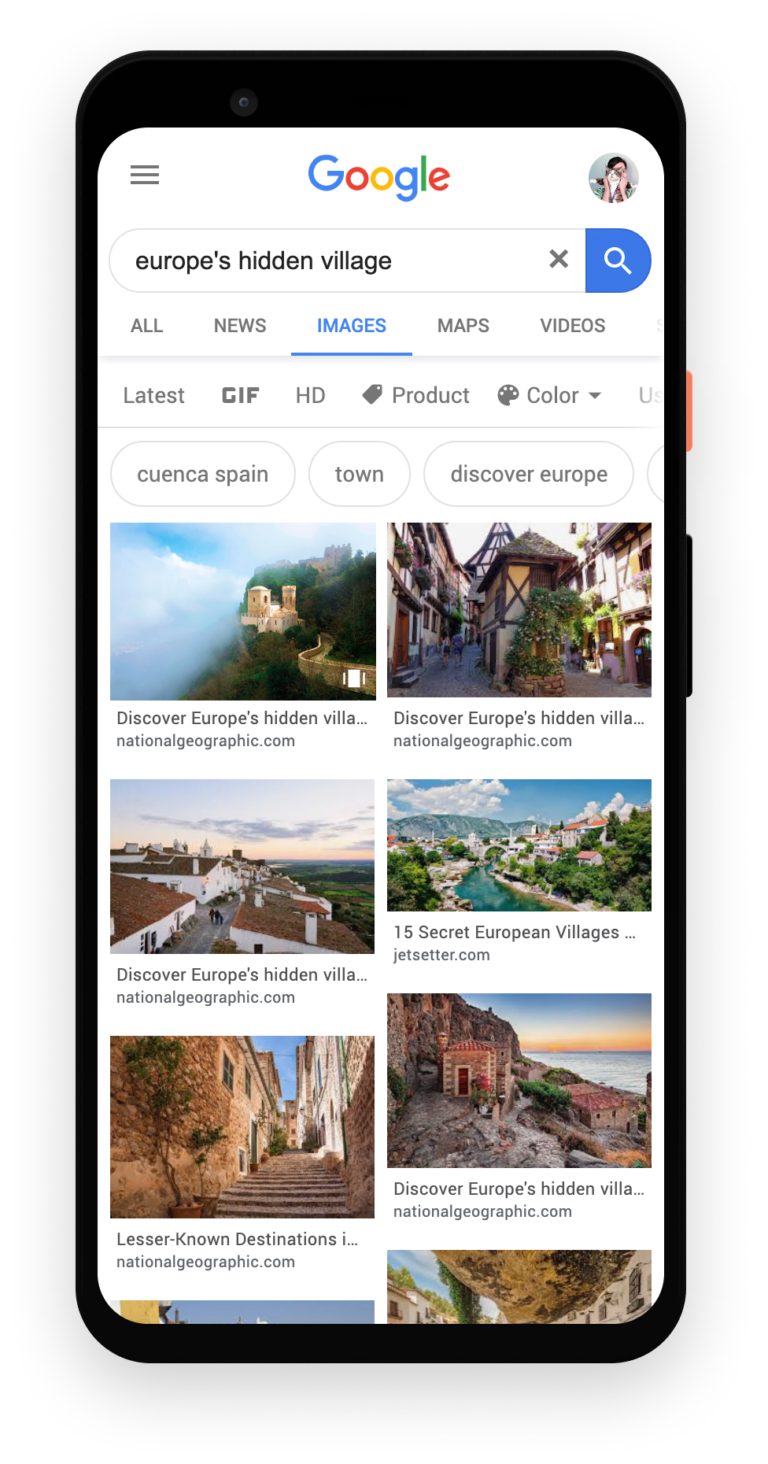In today’s fast-paced business landscape, staying ahead means optimizing every aspect of operations, including vendor management. With the advent of mobile reporting apps, organizations now have a game-changing tool at their fingertips. These apps revolutionize the way businesses interact with vendors, offering real-time insights, streamlined processes, and enhanced collaboration.
Gone are the days of cumbersome reporting workflows and delayed decision-making. Mobile reporting apps empower users to access critical vendor data anytime, anywhere, enabling swift and informed actions. From tracking key performance indicators to monitoring compliance metrics, these apps provide a comprehensive view of vendor relationships at a glance.
Efficiency gains are palpable as manual tasks give way to automated processes. Customizable templates and automated report generation streamline reporting workflows, freeing up valuable time and resources. Moreover, digital document management features ensure seamless access to vital documentation, reducing administrative overhead and enhancing productivity.
Compliance is no longer a daunting challenge but a proactive endeavor. With audit trails, compliance monitoring tools, and risk assessment capabilities, organizations can navigate regulatory landscapes with confidence. By identifying potential risks and addressing compliance issues in real time, businesses mitigate risks and uphold regulatory standards effectively.
In the ever-evolving realm of vendor management, mobile reporting apps are more than just tools—they are catalysts for success. By harnessing the power of data-driven insights and collaborative capabilities, organizations can optimize vendor relationships, drive operational excellence, and achieve sustainable growth in today’s competitive market.







